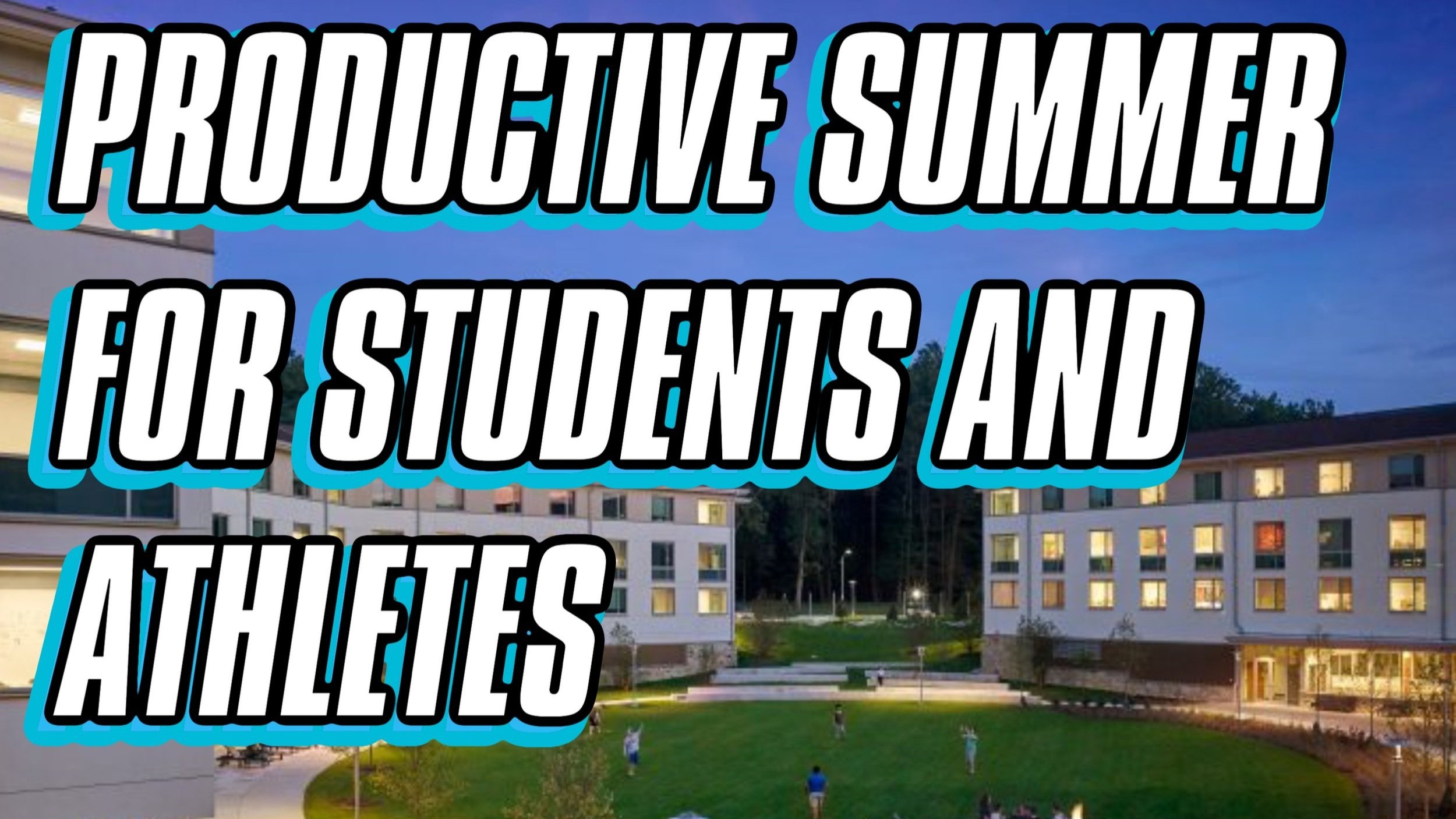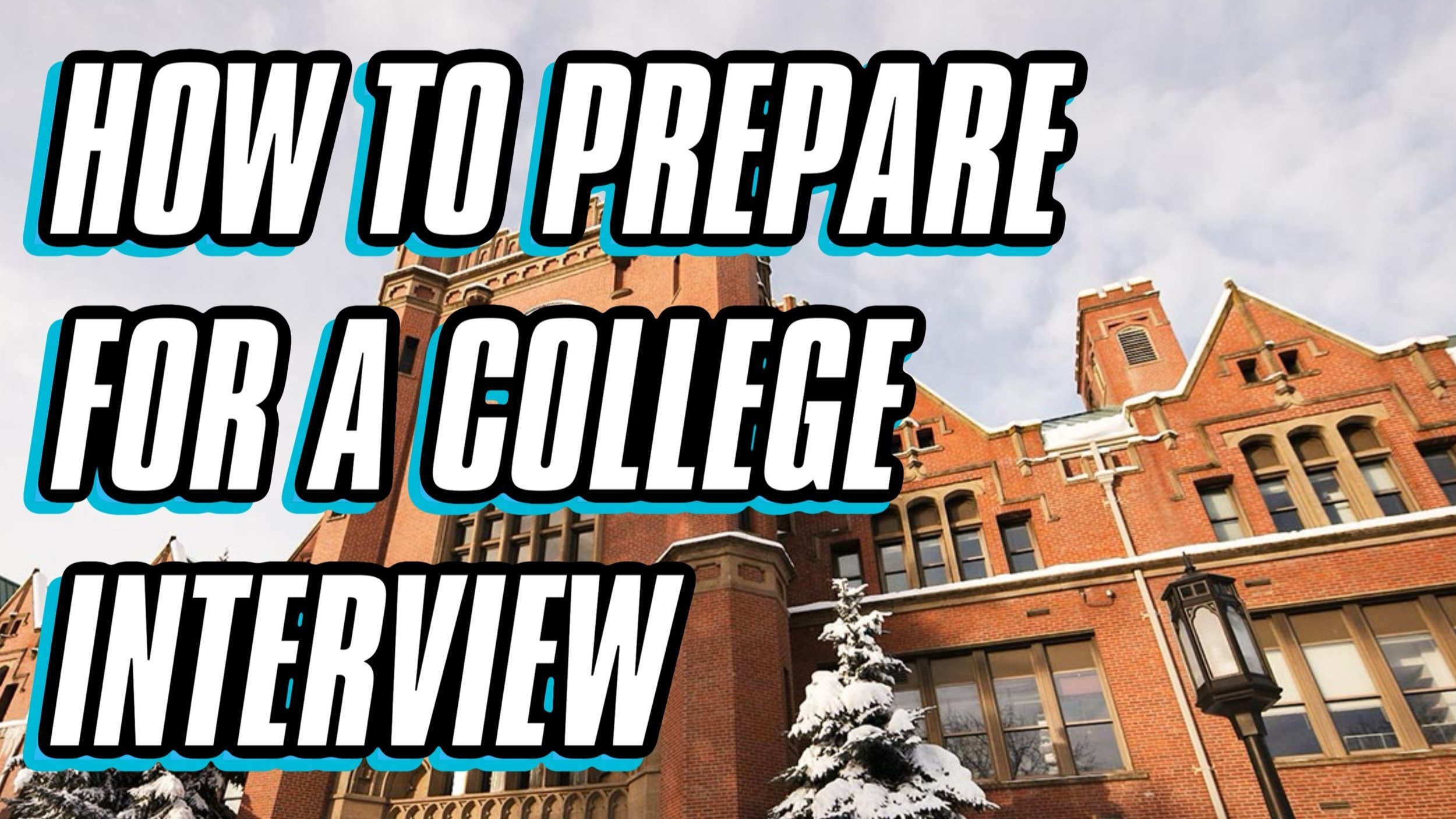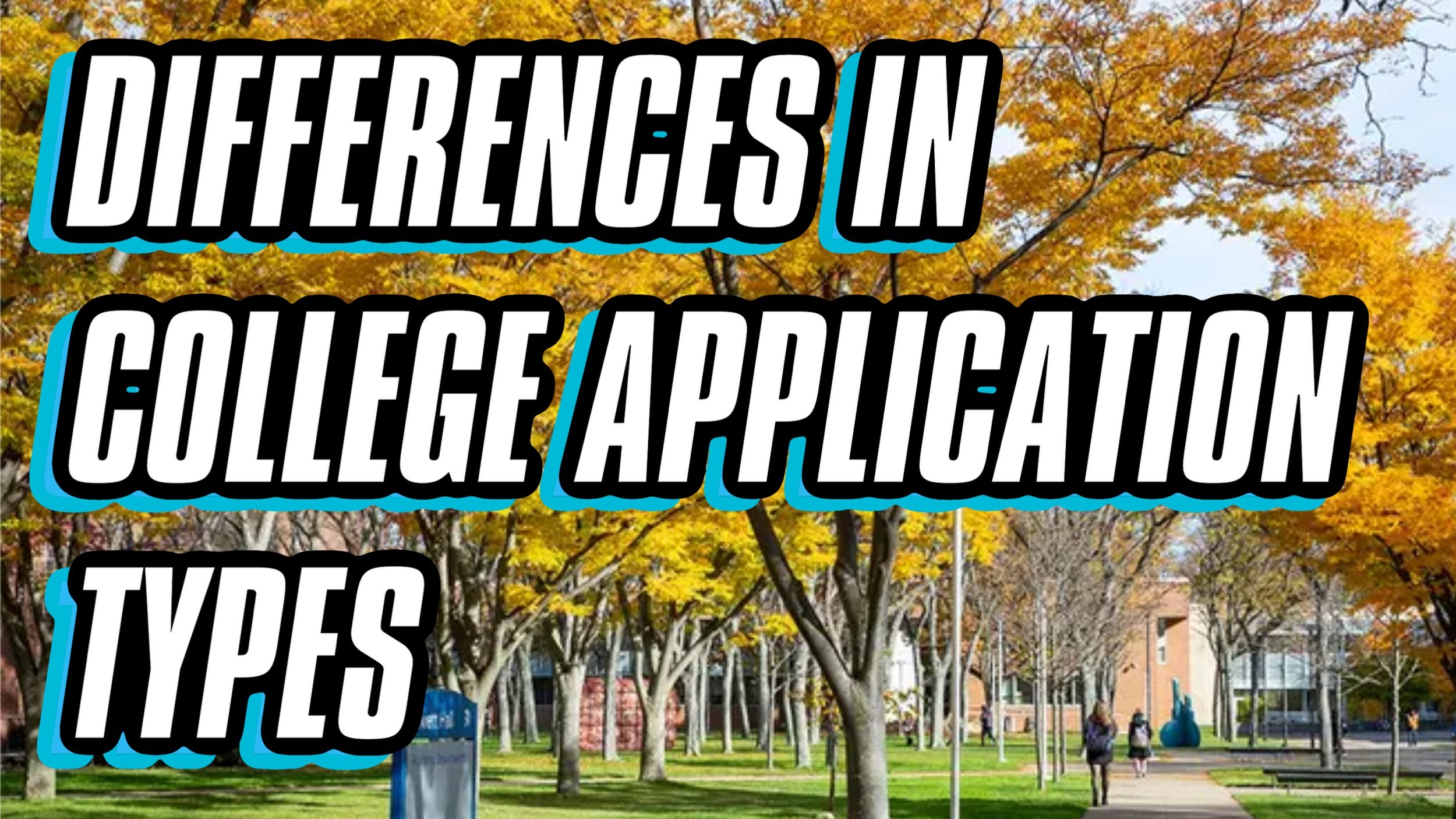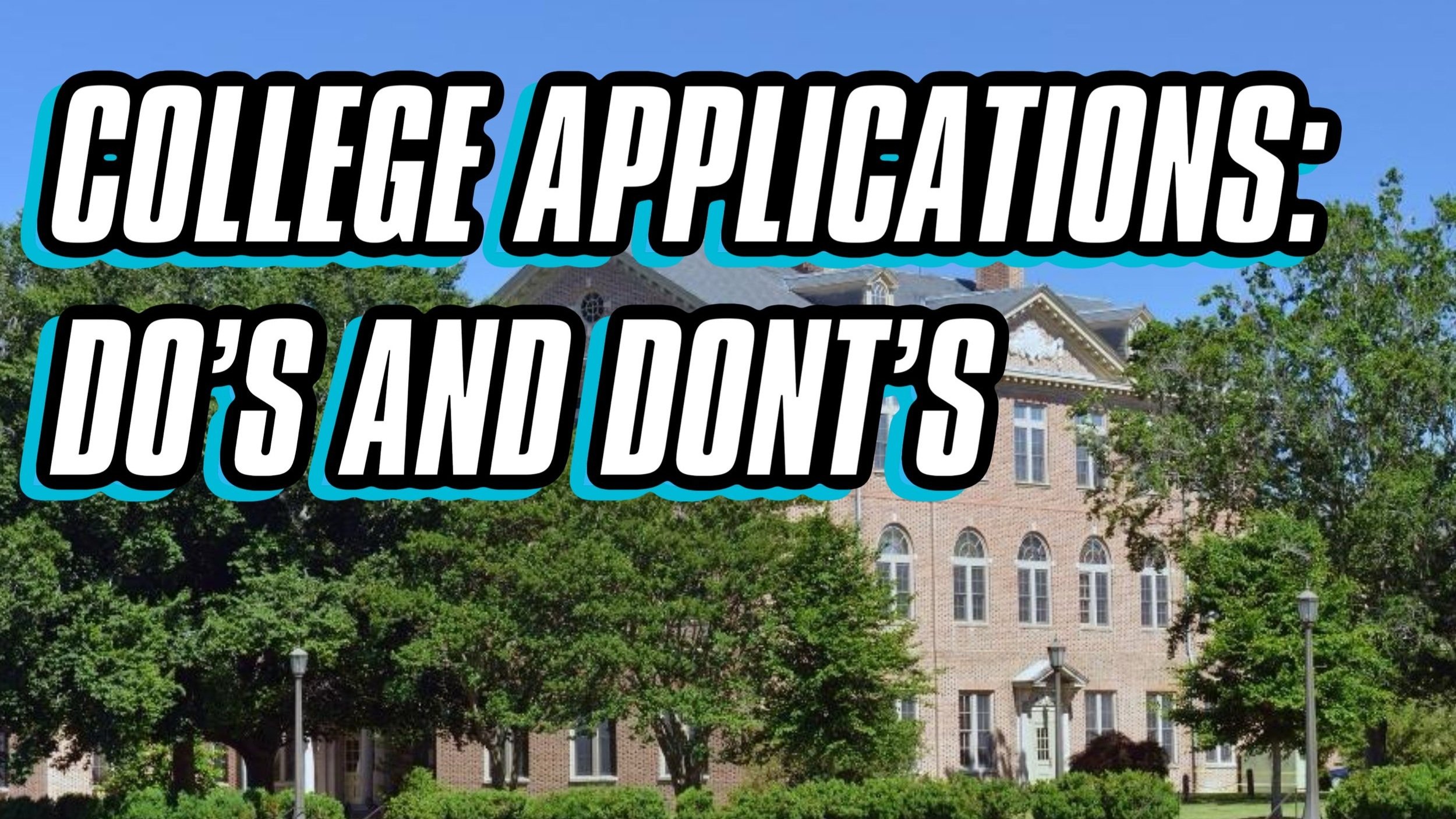
PRODUCTIVE SUMMER FOR STUDENTS AND ATHLETES (2025)
School is out and it is time to relax, unwind, travel with friends and family, and enjoy some much needed down time away from school.
Here are some suggestions for how you can make this summer productive while still enjoying having less of the time constraints of the academic year.

CAREER: WHAT CAN I DO WITH A PSYCHOLOGY DEGREE?
Studying psychology offers a deep understanding of human behavior, emotions, and thought processes, which is valuable in both personal and professional life. It helps you develop critical thinking, communication, and problem-solving skills that are useful in a wide range of careers, from mental health and education to business and technology. Psychology also provides insight into how people learn, make decisions, and interact with others: knowledge that can improve relationships, increase empathy, and support personal growth. Whether you want to help others through counseling, influence workplace dynamics, or contribute to research, psychology lays a strong and versatile foundation for making a meaningful impact in the world.
A psychology degree offers a wide range of career paths, both within psychology and in other fields where understanding human behavior is valuable. Here is a breakdown of why students choose to study psychology and the career opportunities it can lead to.

ATTENDING CAMPS AND SHOWCASES: IMPORTANCE
Summer is almost here already.
Attending school camps and showcases is a great way to show a college coach that you have a serious interest in their school and athletic program. No matter how far we advance as a technological society, getting in front of someone face to face and making a good, first impression is never going to go away.
Here are some great reasons why getting out there is so important.

WHAT CAN I DO WITH A SPORTS MANAGEMENT DEGREE?
With a degree in sports management, you can qualify for a long list of behind-the-scenes careers in the exciting world of athletics. Many coaches, trainers, facilities managers, sports marketing and business professionals, and player agents hold academic backgrounds in this dynamic field. This document includes detailed information about various sports management careers and how college functions as a key path to entry into this arena.
Think about how many individuals make-up the personnel that it takes for a sport to be played in front of fans and broadcast to the world via TV or internet services. Thousands and thousands. In the United States there are 5,300+ colleges and universities. The vast majority have athletics in some form or function, even if it is at the rec and intramural level. Someone still manages those levels. Then add the hundreds and hundreds of major and minor league franchises in North America.
The opportunities to work in this field are endless and only growing and growing as a consumer base demands more live content.

HOW AND WHAT TO PACK FOR COLLEGE.
It is never too early to start planning!
Being accepted after what is usually a stressful application process; this is an exciting time, no doubt. But actually beginning to plan the big move can also be stressful and overwhelming. Follow these packing tips to make sure you bring only what you need, pack it properly so nothing gets damaged, and also so you won’t be scrambling to find your favorite items when you get to your dorm.
You can use this practical list to guide your packing, and discuss with your roommate what each of you will bring so you don’t overpack or overspend. Most dorms are lacking adequate closet space, so you want to try to minimize where you can.
There will surely be other items you want to bring, and probably some here you won’t need for yourself, but this will get you going. Again: Planning early is key, right? Give yourself the time to add and remove from this list.

WHAT CAN I DO WITH COMPUTER SCIENCE?
Computer science is the study of computers, systems, and the principles behind them, covering both theoretical and practical aspects like software design, algorithms, and problem-solving.
In the ever-evolving field, strong problem-solving skills are essential. You'll often face challenges like failed code tests or long project sprints, requiring flexibility and critical thinking to overcome. Success in this field also demands the ability to analyze problems from all angles, alongside creativity to innovate and find new solutions once the technical aspects are mastered.
The degree opens up many opportunities in the digital era, ideal for problem-solvers passionate about technology.

THE COLLEGE INTERVIEW.
A college interview is mainly required now by a small set of private institutions, but if you happen to be applying to one of those, here is some information and advice. If you have the chance to interview elsewhere, where the interview process is optional, it can still be beneficial to do so if you can. Treat the interview as an equal opportunity to learn about the college or university and for the school to learn about you. Be prepared and put your best foot forward. Don't be afraid to ask questions.

THE WESTERN UNDERGRADUATE EXCHANGE.
Going to college out of state could mean paying up to three times more than attending a school or university in your home state, especially public. The Western Undergraduate Exchange (WUE) was established in 1987 to make college more affordable and accessible to students in the West. Sometimes the program is pronounced “Woo-wee” for short. These 170+ two- year and four-year public schools allow student applicants to enroll outside of their home state in one of the participating WUE schools as non-resident students.
Through WUE, students can choose from hundreds of undergraduate programs across the West and pay no more than 150% of the institution’s resident tuition rate.
Today, more than 170 public colleges and universities offer reduced tuition rates through WUE to qualifying students. Participating schools offer these discounted rates to help students avoid the full cost of pursuing higher education outside their home state and minimize the impact of student loan debt.
Some restrictions may apply, and schools and majors are fluid, so you will need to do some investigative work as these do change very frequently.

THE IMPORTANCE OF ALUMNI NETWORKS.
Sometimes, the most successful people are often also those who understand the power of networking. Pursuing opportunities to connect with industry leaders or professionals with varying interests and perspectives is critical to your own career growth.
School can be expensive, and it is hard work. Education is more than just the paper and qualifications you receive at the end. It’s about the lessons you learn, the people you meet, and the relationships you build. So why would you expect to leave all of that behind after graduation?

WHAT TO DO AFTER I COMMIT.
Making a final selection on a school can be a much-needed sigh of relief after what is almost always a long journey. For most families and athletes, that journey was full of twists and turns. But settling on that final, Right Fit is always a satisfying conclusion to most of the process. Congrats on getting there!
Below is advice from those who came before you who went through the journey just like you did. As it turns out, there are some further steps to make sure you are staying on that correct path even though you may have committed (or even signed a Letter of Intent) by this point.

DIFFERENCES IN COLLEGE APPLICATION TYPES.
Chances are you have already heard of things like the Common App, Coalition app, or even state or system specific apps like the UC / Cal State apps, etc. from your own research or your school counselor.
Cover your bases. Look into acceptance rates, especially if you are an out-of-state student, and have a good spread of submitted applications just in case you need them.
From a Time standpoint, it is generally recommended that students give themselves about six weeks to get everything they need for college applications. That includes two weeks to fill out any background information, and about a month for other required documents and potential essay or personal statement rewrites.

WHAT CAN I WITH A CONSTRUCTION MANAGEMENT DEGREE?
Employment of construction managers is projected to grow 9 percent from 2023 to 2033, much faster than the average for all occupations.
Construction managers plan, coordinate, budget, and supervise construction projects from start to finish.
Often called general contractors or project managers, they coordinate and supervise a wide variety of projects, including the building of all types of public, residential, commercial, and industrial structures, as well as roads, memorials, and bridges. Either a general contractor or a construction manager oversees the construction phase of a project, but a construction manager may also consult with the client during the design phase to help refine construction plans and control costs.

ATHLETIC TERMS YOU MAY COME ACROSS.
There are several important terms in the athletic process, some you surely have already heard (and others you probably have not, as yet) that could be unfamiliar or confusing. Below is a non-comprehensive, quick list of some of these terms you may encounter as you begin your research or start interacting with a college coach.

WHY EXPLORE A POSTGRADUATE GAP YEAR?
A postgraduate (PG) year refers to the academically-minded gap year spent at a private or independent school, after high school graduation, in order to strengthen candidacy for admission and potential for success in college. This type of gap year allows students to further cultivate their skills, academically, athletically, or socially, to better prepare for college.
There are many reasons that high school graduates may choose to pursue a PG year. Traditionally, a PG year at a private school was pursued by male athletes looking to cultivate their skills to improve recruitment opportunities. Today, PG years are pursued by all for several other reasons.

WHAT CAN I DO WITH A BUSINESS DEGREE?
A business degree is one of the most versatile degrees you can earn. Both graduate and undergraduate business studies can lead to positions in management, finance, marketing, or a variety of other career paths. The field of business is as wide-ranging as it is customizable.

APPLICATION TIPS AND DO’S AND DON’TS
College admissions applications come in different formats and sizes. Some require recommendations from a teacher or a counselor, some do not. Some require an essay, some do not. Your organizational skills are the most important aspect of the application process. Your completed application will be all that an admissions committee will consider in making their final decision.

TEST OPTIONAL, TEST FLEXIBLE, AND TEST BLIND.
You may not like hearing this, but it might be a good idea to do some test prep (you can find some great resources free online) and put in an effort to get your test scores. If you do well, that is another arrow in your quiver in case you need it. Maybe you won’t, but at least you’ll have it if you do. Why limit your options?
As you go through the college search process, you will see some testing terms over and over. The biggest one is “Test Optional”. Oftentimes, an applicant or a family will see “test optional” and believe this is an opportunity to simply skip the testing. That is not always the best decision, especially if you are applying to a combination of schools. There is a very high chance you still need the scores for some of those applications. As stated above, there are great, free prep resources for you such as practice tests and study guides easily obtainable.
The biggest problem students have with the standardized tests are not the questions or the material, it is managing your time effectively while taking the exams. This is where practice tests can really make a big impact on your outcome.

CHOOSING A JUNIOR COLLEGE OPTION.
The traditional four-year college experience is not for everyone. Some students are not sure what they want to study, while others are looking for a more affordable education. Many students study for two years at junior college before transferring to a four-year college, saving significant money on tuition. Plus, students interested in some fields can expect to earn real money with an associate degree, and junior colleges afford job training and certificates that can be extremely valuable.
JUCO’s offer great opportunities for not just students but for student-athletes as well. There seemed to be, at least in the past, a misconception about these schools: Know that Junior Colleges are not a free-for-all where athletes do not need to go to class or maintain their grades. While at a JUCO, students DO need to maintain certain grades to be eligible to continue competing.

TYPES OF FINANCIAL AID.
Circumstances are always changing with financial aid, and we are in one of those times right now for sure. The information below is to introduce you to some forms of aid and help familiarize you with some terms you will surely encounter, as well.
Chances are, you or someone very close to you has already gone through a financial aid process with a college or the government. Understanding their experience is always helpful, but just be aware that each family is very different and financial aid options, especially at the federal level, do change over time, so it is very important to get updated information on that process and availability.
The likelihood of receiving a full scholarship for athletics that will cover your tuition is pretty slim for about 95% of families, sorry to say. Most families do have to borrow, at least a little, to help pay for college tuition.

TEENS AND SLEEP.
One of the best lifehacks of growing up is understanding that quality rest and adequate sleep are some of the biggest gifts you could ever give yourself.
Many teenagers report that they always seem to be sleepy and tired. Everyone experiences sleepiness at some time or another throughout the day. And usually, but not always, the reason is obvious, such as too many late nights in a row. But up to 40% of teens feel that they are tired most of the time.
